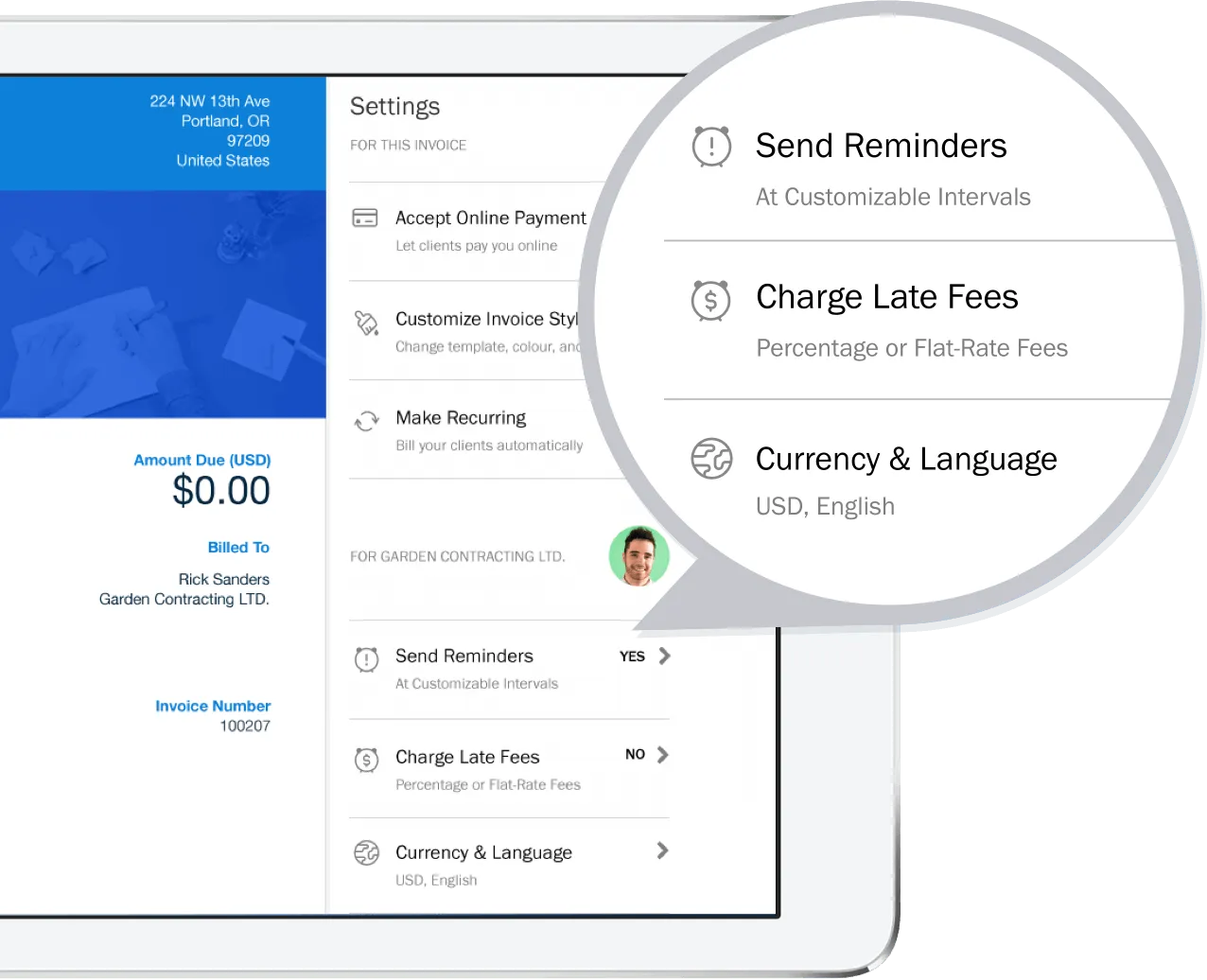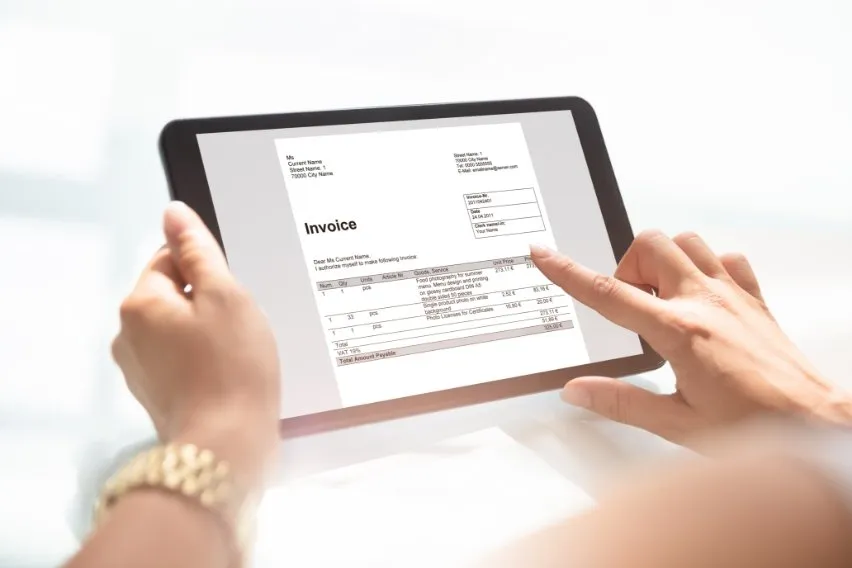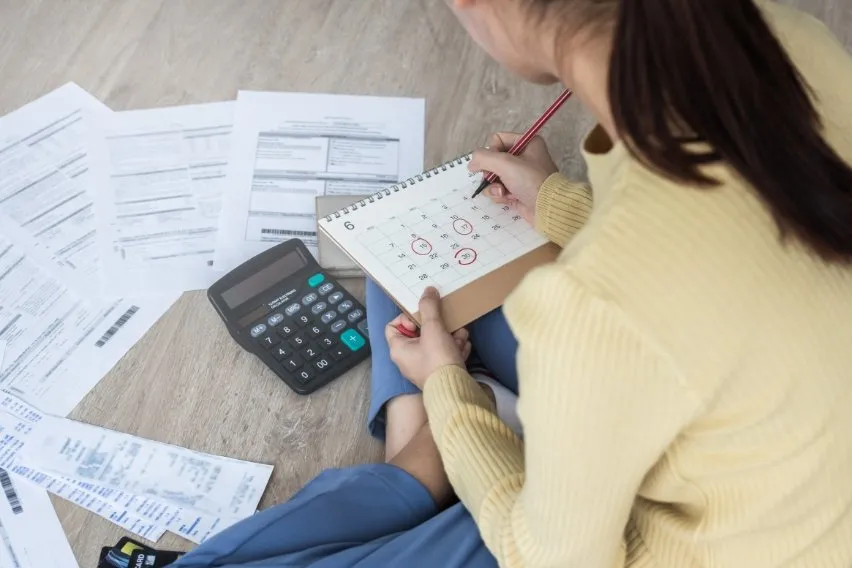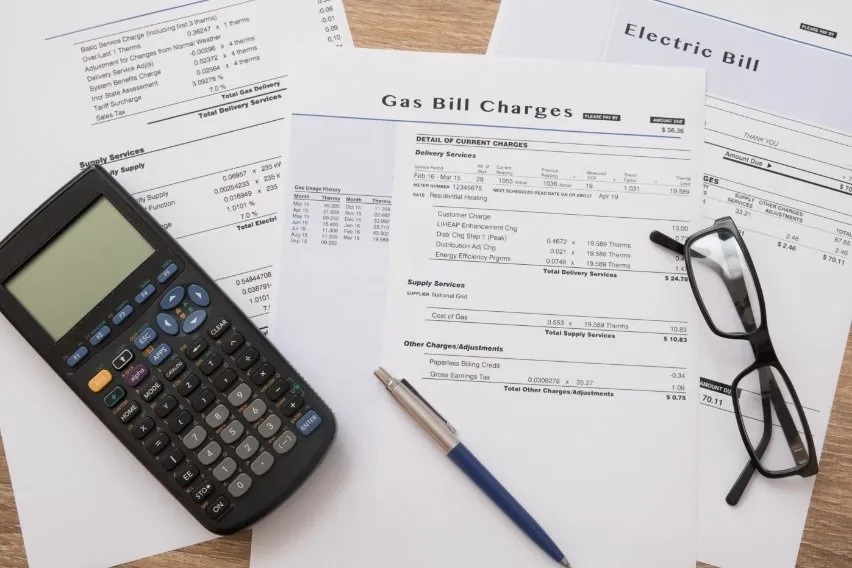Short Pay: Definition & How It Could Impact Your Business

Have you ever had unexpected short pay and not known exactly what they are or how they work? It can sometimes happen during a payment process, like when customers pay for something. But, there is also a lot more to know and understand especially if you use accounting software and see unexpected short pays.
For example, are there any tax exemptions, certain payment terms to abide by, or invalid reasons a short pay occurs? What about when there are marketing discounts or sales rebates for what the customer pays? Are there ways to identify short pay trends? We put together this guide to break down what you need to know about short pay and payment processes. Keep reading to learn what it is, why they occur, the business impact, and more!
Table of Contents
Why Do Organizations Short Pay Invoices?
The Business Impact of Short Pays
How Do You Resolve Short Pays?
Best Practices for Reducing Short Payments

What Is a Short-paid Invoice?
Customers who underpay their invoices are said to have short pays or short payments. This can occur for a number of reasons, all of which reduce the cash flow of your business. These short payments can cause your accounts receivable department to be overwhelmed. They need to identify customers, track down, and resolve these inconsistencies.
And it doesn’t matter whether the causes are expected, such as a known manufacturing delay. Or if they’re unexpected, such as being due to a customer cash flow problem. And while paying an invoice in full can certainly upset the balance, it happens much less frequently than you might think.
You can avoid having this issue by knowing why your customers aren’t paying their invoices correctly and how to handle it when it does happen. Plus, you can benefit from using invoicing software such as FreshBooks and its invoice tracking feature.

Why Do Organizations Short Pay Invoices?
There are numerous justifications for underpaying an invoice, but the majority of them fall into one of two groups: valid or invalid. Among the legitimate and anticipated reasons are:
- An item shipment arrived harmed.
- Not all agreed-upon goods or services were delivered on time.
- Trade discounts and other marketing offers not reflected in the invoice
- A customer received a sales discount that is not accounted for in the pricing and billing system
- benefited from early payment discounts
- Payment arrangement agreed upon by the collections team
Additionally, some customers will unpredictably underpay invoices for erroneous or supplier-unapproved reasons. Some of these could be:
- The customer is cash-strapped and unable to pay the full invoice.
- Human error
- Using an early pay discount that was not earned after the cutoff date
- The buyer complicates the cash application process by paying some invoices but not all of them
- Payment strategy for controlling cash flow
- a business plan in the anticipation that the supplier will deduct the short pay
The Business Impact of Short Pays
The reduction in revenue that these underpayments cause is the most obvious business impact of short payments. Since those underpayments represent income that your company can claim, invalid short pays can present a problem.
However, in addition, reconciling partial payments with open receivables also has challenges. Managing short-paid invoices used to be a major source of difficulty for accounting teams. But, this was prior to the creation of today’s sophisticated accounts receivable software.
To find out why a partial payment was made and track the follow-up procedure, it would take a lot of manual work to follow up with customers.
This time-consuming, largely manual process prevented accounts receivable specialists from completing other tasks. However, this is now much simpler to manage thanks to new tools that streamline and automate the handling of short-paid invoices.
How Do You Resolve Short Pays?
Short pay resolution can be a challenging and time-consuming process. Traditionally, there is a lot of back-and-forth communication with the client via phone, mail, and email. When these attempts fail, accounts receivable teams may have to choose a more formal approach to dispute resolution.
Having processes automated can help reduce the number of mistakes that lead to invoice disputes. The process of resolving disputes is through communicating with clients. You can also do this through centralized software.
As a result, you will be able to reconcile short payments without any guesswork. You can do this by requiring customers to provide the justification for a short payment from a pre-approved list of options.
Best Practices for Reducing Short Payments
No matter what tools you have in place, your accounts receivable team can always make changes to lower the number of short payments.
No matter how you manage your receivables, implementing these best practices will help decrease short pays. This is the case even though collaborative accounts receivable software will go a long way toward reducing them. Some best practices include:
- Use a method of invoicing that is consistent and trustworthy and includes a defined follow-up process
- Establish a procedure for checking invoices for mistakes
- Establish a system for tracking legal discounts and collaborate closely with your sales team
- To make sure your sales tax calculations are accurate, work with a reputable sales tax calculation engine
When you use online accounting software like FreshBooks, all of these best practices are simple to implement. Your customers can use credits, pay with their preferred method, schedule and automate recurring payments, pay multiple invoices at once, and more to make payments.

Key Takeaways
Short pays have a disastrous impact on every organization’s capacity to manage time, resources, and cash flow. Any credit, finance, or collections manager will be able to understand this completely. There is no way to prevent short payments, and managing them can be challenging.
Take a moment to step back and learn what short pays are, why they occur, and strategies for reducing them. A short pay is a partial invoice payment that can happen for any reason. Short pays may occur when a customer feels that the contracted work or services have not been provided. Or they may be used as a stalling tactic to avoid paying the entire invoice.
A short pay can sometimes be an honest mistake and the customer can pursue a valid dispute. But no matter the reason, using electronic invoice software can make a big difference for unexpected short pays. It will save you a ton of time compared to manual invoicing. You can stay on top of late payments and have an excellent invoicing solution for your business.
FAQs on Short Pay
Is it legal to short-pay an invoice?
Short payments are terms used to describe payments made by customers that are less than the full amount charged on an invoice. A short payment may be a sign that a customer is contesting some of the charges, but it can also be the result of an easy accounting mistake.
What is short pay deduction in salary?
A short paid invoice, which can happen for any reason, is a partial payment of an invoice. Short pays may occur when a customer feels the contracted work or services have not been provided, or they may be a stalling strategy to avoid paying the full amount owed.
How do I fix a short payment?
The best thing you can do if you have a short payment is to speak with your employer and find out why. From here, you can come up with a reasonable solution to rectify the situation and get full payment on the outstanding balance. Dispute management can be helpful for electronic invoicing.
What is deduction management?
Deduction management refers to the specific process that gets used to verify payment deductions. An AR tram might use a deduction code within their reporting tools if customers underpay. This way, it can help to receive the entire amount from a single invoice that might not have been paid for valid reasons.
RELATED ARTICLES


 E-Invoicing: Definition, Benefits & How To Create Them
E-Invoicing: Definition, Benefits & How To Create Them How to Pay Bills on Time: 7 Tips to Keep in Mind
How to Pay Bills on Time: 7 Tips to Keep in Mind Prepayment Invoice: Definition & How To Create One
Prepayment Invoice: Definition & How To Create One Paperless Invoicing: Is It Better Than Paper Invoice?
Paperless Invoicing: Is It Better Than Paper Invoice? Consolidated Invoicing: Definition & How to Create One
Consolidated Invoicing: Definition & How to Create One Usage-Based Billing: An Extensive Guide
Usage-Based Billing: An Extensive Guide